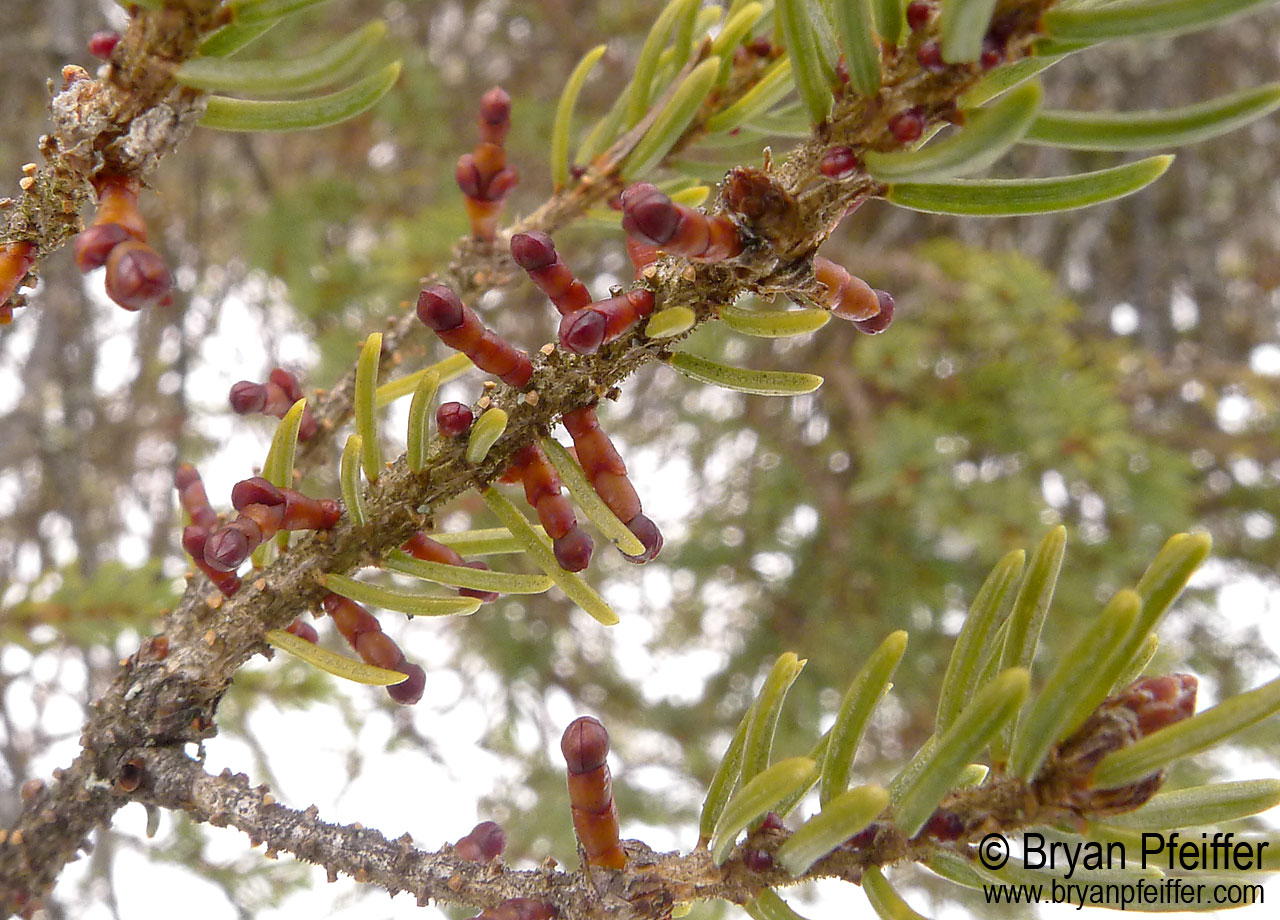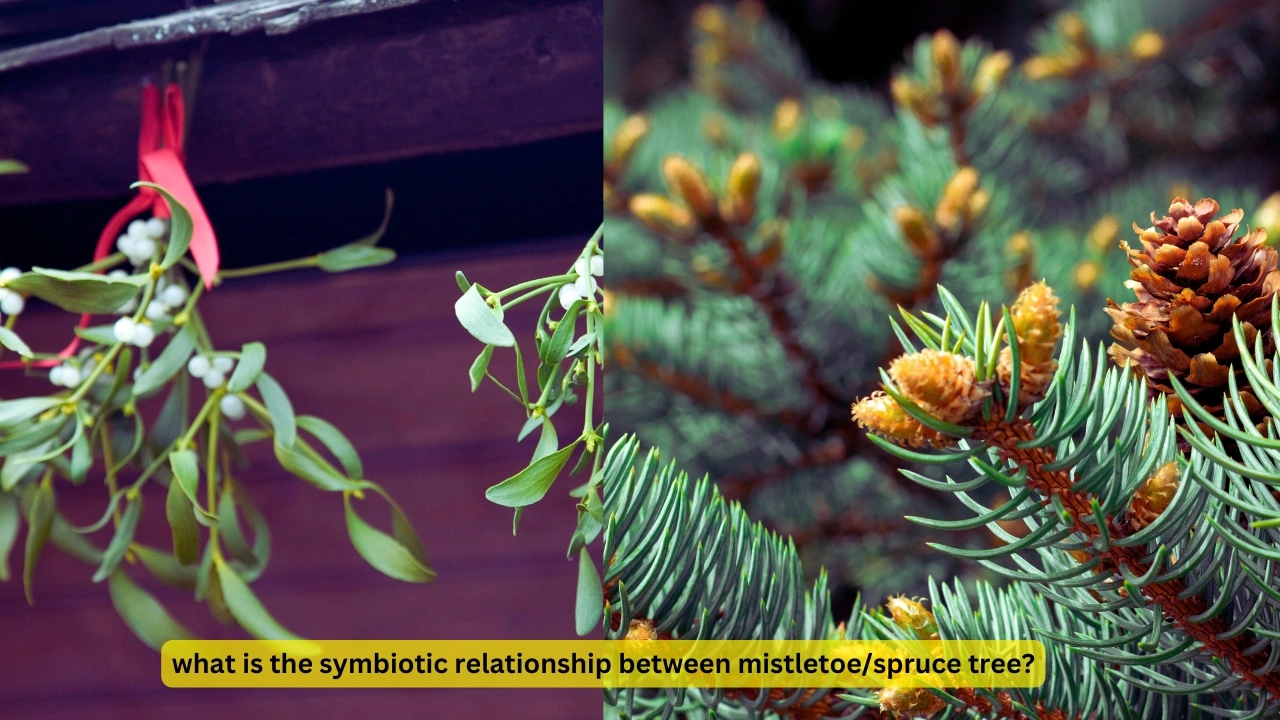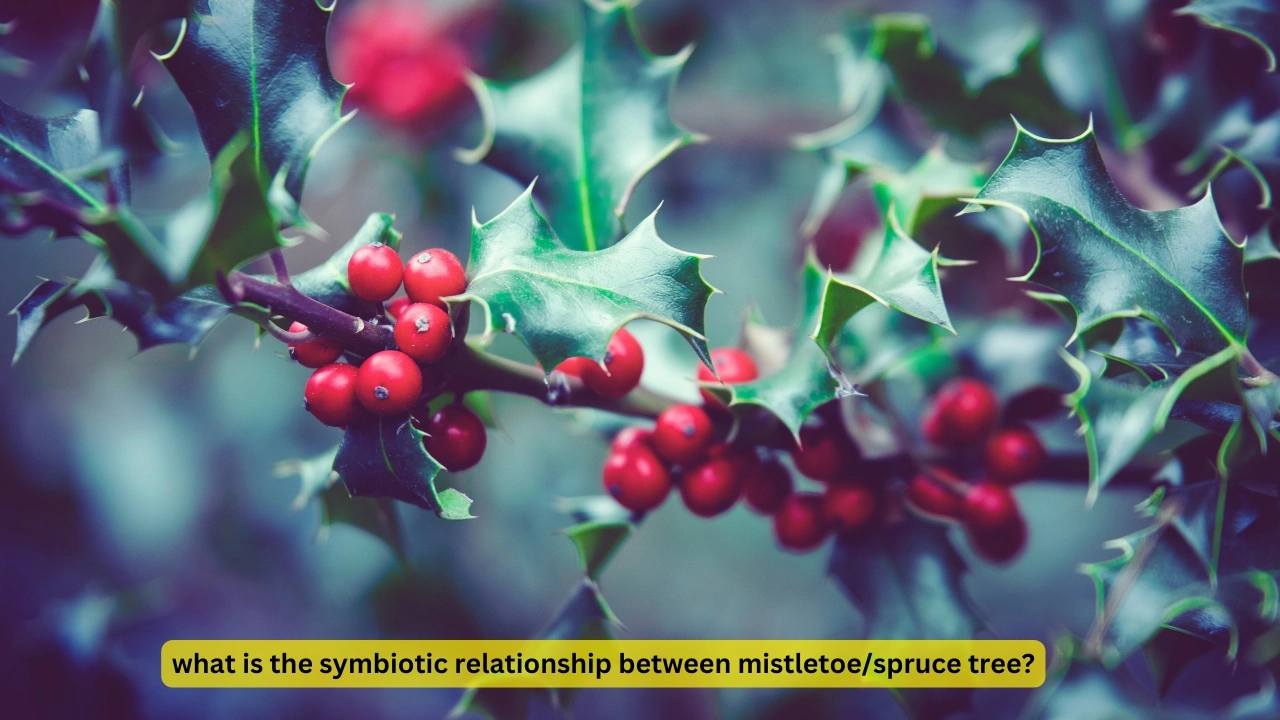This is How Mistletoe Actually Survives on Spruce Trees
Mistletoe, with its romantic connotations and holiday cheer, hangs gracefully in the branches of trees, a symbol of winter festivities. But beneath the festive veneer lies a fascinating, and sometimes controversial, survival strategy. Contrary to popular belief, mistletoe isn’t a parasitic vampire. So, how does this intriguing plant, often found nestled in the arms of spruce trees, actually survive? Let’s delve into the secrets of mistletoe’s existence on its coniferous hosts.
The Semi-Parasitic Nature of Mistletoe: A Closer Look
The key to understanding mistletoe’s survival lies in its classification as a hemiparasite, or semi-parasite. This means it’s partially dependent on its host for survival, but not entirely. Unlike a true parasite that completely relies on its host, mistletoe can perform some of its own life-sustaining functions.
- Photosynthesis Power: Mistletoe possesses chlorophyll and can photosynthesize, meaning it can produce its own food using sunlight. This is a crucial difference from true parasites.
- Water and Nutrient Dependence: However, mistletoe relies heavily on its host, the spruce tree in this case, for water and essential nutrients. This is where the parasitic aspect comes into play.
The Mistletoe-Spruce Connection: The Mechanism of Survival
The relationship between mistletoe and its spruce host is an intricate dance of give and take, albeit a somewhat uneven one. Here’s how mistletoe establishes and maintains its presence on spruce trees:
- Seed Dispersal: The story begins with the mistletoe berries. These sticky, white or red berries are a delicacy for birds, particularly those in the thrush family. The birds consume the berries, and the seeds, coated in a sticky substance called viscin, are deposited on the branches of spruce trees through their droppings.
- Germination and Penetration: Once the seed lands on a suitable branch, the viscin helps it adhere. The seed then germinates, sending out a specialized structure called a haustorium. The haustorium acts like a root, penetrating the spruce’s bark and growing into the tree’s vascular system.
- Tapping into the Water and Nutrient Supply: The haustorium connects with the xylem and phloem of the spruce tree.
- Xylem: The xylem carries water and dissolved minerals upwards from the roots. Mistletoe taps into this system to extract water and nutrients that it needs for its own survival.
- Phloem: The phloem transports sugars produced by the spruce tree’s photosynthesis. Mistletoe does not typically tap into the phloem, as it can produce its own sugars.
- Growth and Spread: Once established, the mistletoe plant grows, forming a dense, rounded clump. It continues to extract water and nutrients from the spruce, gradually expanding its presence and potentially impacting the health of the host tree, especially when infestations become severe.
The Impact on Spruce Trees: A Balancing Act
While mistletoe’s relationship with spruce trees is crucial for its survival, it’s not without consequences for the host.
- Water and Nutrient Depletion: The most significant impact is the depletion of water and nutrients from the spruce. This can weaken the tree, making it more susceptible to diseases and pests.
- Reduced Growth: Heavy mistletoe infestations can stunt the growth of the spruce tree.
- Branch Dieback: In severe cases, mistletoe can cause branch dieback and even, in extreme situations, lead to the death of the host tree.
- Habitat for Wildlife: Interestingly, mistletoe can also provide habitat for certain wildlife species. Its dense foliage and berries offer shelter and food sources for birds and other animals.
Mistletoe Management: Balancing Ecology and Aesthetics
Managing mistletoe infestations on spruce trees often involves a delicate balance:
- Pruning: The most common method is pruning infected branches, especially when the infestation is localized. This removes the mistletoe and reduces its impact on the tree.
- Chemical Control: Chemical control methods are rarely used, because the plant is difficult to eradicate.
- Monitoring: Regular monitoring of trees is vital to identify and address infestations early on.
Conclusion: A Symbiotic, but Uneven, Relationship
Mistletoe’s survival on spruce trees is a testament to the complex and often surprising interactions within ecosystems. While its semi-parasitic nature allows it to thrive, it’s a relationship that comes at a cost to its host. Understanding this dynamic – from seed dispersal to nutrient acquisition – provides a deeper appreciation for the intricate web of life, even within a simple sprig of holiday greenery.
Frequently Asked Questions (FAQs)
- Does mistletoe kill spruce trees? While mistletoe can weaken spruce trees, leading to reduced growth and branch dieback, it rarely kills them outright unless the infestation is extremely severe and left untreated.
- Why does mistletoe grow on spruce trees? Mistletoe grows on spruce trees because they are a suitable host, providing access to water and nutrients through the vascular system. The sticky seeds are also easily dispersed by birds onto the branches of spruce trees.
- Can I remove mistletoe from my spruce tree? Yes, the most effective method is to prune the infected branches. The best time to do this is during the dormant season, when the tree is not actively growing.
- What are the benefits of mistletoe? Mistletoe provides food and shelter for certain wildlife species. It is also used in some traditional medicines.
- Does mistletoe have any other hosts besides spruce trees? Yes, mistletoe can parasitize a variety of tree species, although the specific host varies depending on the geographic location. Some common hosts include firs, pines, and hardwoods.




